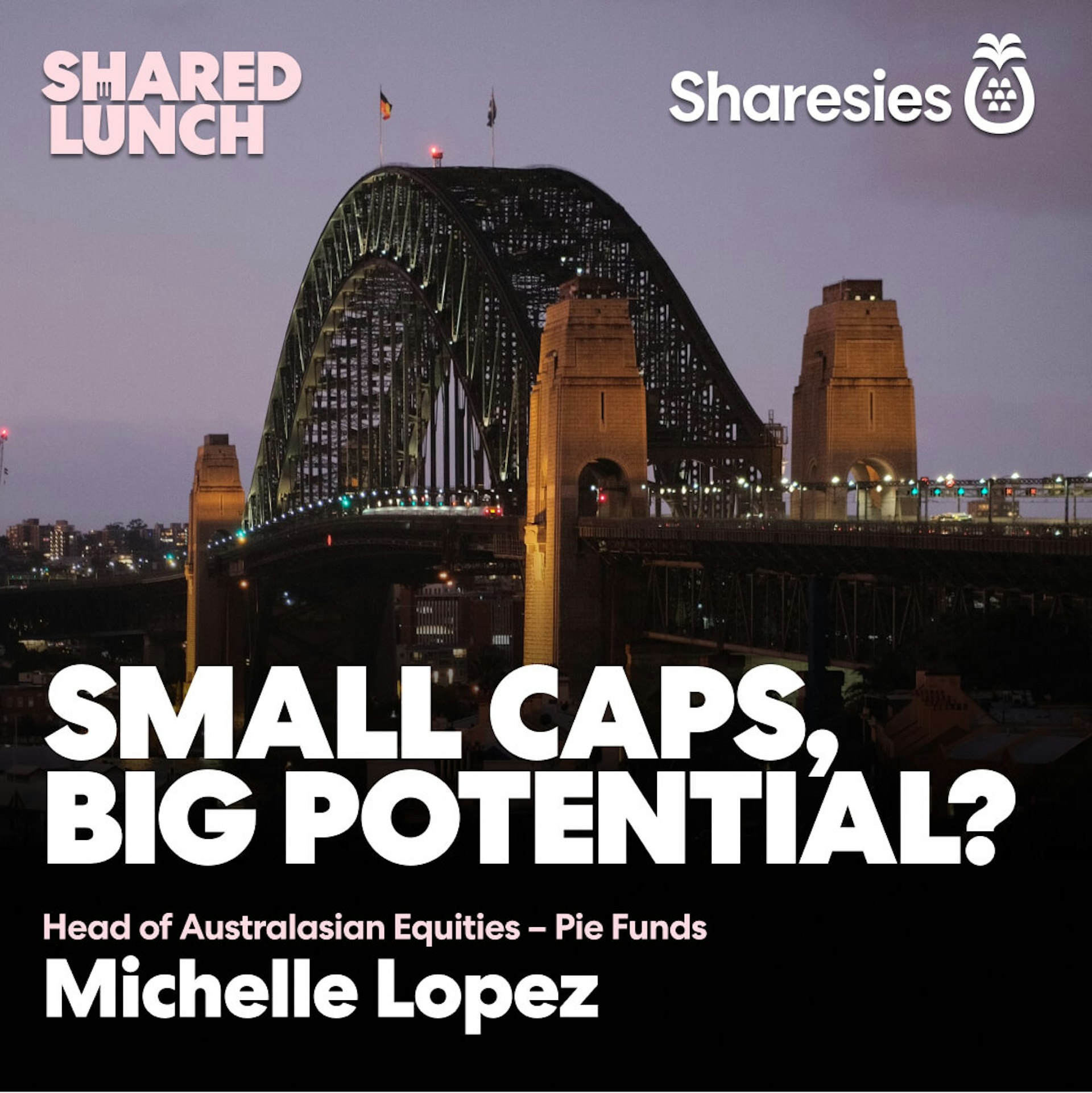Investment jargon explained
When you start looking at companies to invest in, you’re probably going to run into some of the same jargon over and over. Let’s break down a few of the bigger picture terms like ‘listed company’, ‘IPO’, and ‘dividend’.

Revenue, expenses, and profit
The foundation of all companies is:
revenue is the total amount of money a company made
expenses are the money the company spent
profit is the difference between the two.
It’s useful to look at all three of these, because it’s possible for a company to have low revenue and high profit, and vice versa. For example, a company may have relatively low revenue of $1m a year, but also expenses of only $100,000 a year. That’s a $900,000 profit—quite a lot!
On the other end of the spectrum, a company may have revenue of $1,000,000,000 per year, but expenses of $1,500,000,000 per year. Even though it has enormous amounts of revenue, it’s actually running at a loss—its profit is negative!
It’s important to remember that all three of these things need to be viewed in context. Some companies may be unprofitable by choice, because they’re investing in growth. Other companies may be profitable, but also have limited growth prospects. Then there’s all kinds of other situations for other companies. The key thing is to take the whole story into account, rather than just one of these numbers.
Exchange
The exchange is where you buy and sell shares. The main exchange in Australia is the Australian Securities Exchange (ASX).
If you place an order to buy shares, this order would be passed onto an exchange, with how many you want to buy, and the most you’re willing to pay for them. If you place an order to sell shares, this order would be passed onto an exchange, with how many you want to sell, and the lowest you’ll accept for them. So if you say you’re willing to sell some shares for as low as $10 per share, and someone else is willing to buy shares for as high as $12, they could end up buying your shares for $10. This process happens over and over again, throughout the day for other orders.
This process is also a part of what sets the share price. Since most buying and selling is on the exchange, the share price of an investment can give an indication of what the market thinks they are worth.
Listed (or public) company
There are thousands and thousands of companies in Australia, but not all of them are listed on the ASX. This is because listed companies are a certain type of (usually larger) company. Listed companies, also known as public companies, are companies whose shares can be bought and sold by the general public on an exchange.
Listed companies need to follow lots of rules set by its exchange to make sure investors have enough information to make informed choices.
Initial public offering (IPO)
This is one way a company becomes a listed company—also known as “going public”. A lot of the companies you can invest in on an exchange have gone through this process. In a nutshell, it’s the process of raising money by letting individual investors (like you) buy pieces of the company.
This is an in-depth process for a couple of reasons. First, there are lots of legal steps to go through. Second, the company and its advisors have to do lots of research and analysis to figure out how much to sell their shares for. If they sell their shares for too little, they won’t raise as much money as they could have. If they set the price too high, not enough people will buy their shares.
Dividends
This is one of the ways you make money as a shareholder. It’s when a company pays a portion of its profits to all the shareholders. This is usually stated as an amount per share. For example, imagine a company pays a dividend of 5 cents per share. If you owned 100 shares, you’d get a $5 dividend. If you owned 1,000 shares, you’d get a $50 dividend.
Capital gain
This is the other main way to make money from investing in shares—it’s when you sell your shares for more than you paid for them. For example, in January 2018, shares in Wesfarmers (the big company that owns retailers like Bunnings and Kmart) were trading at around $30 each. Fast forward to September 2021 and those same shares were trading at around $56 each. If you spent $3,000 buying 100 shares in 2018, then sold them for $5,600 in 2021, you would have made a capital gain of $2,600 (noting that with this example, you may have tax obligations from any capital gains).
The important difference between dividends and capital gains is that capital gains can go backwards. It’s absolutely possible to sell shares for less than you paid for them. A company may reduce the amount or not pay a dividend altogether, regardless of what it paid in previous times.
Acquisition
This is when one company buys 100% of another company. This will often be a public company buying a smaller, private company—but it does happen to big companies already listed on an exchange as well! These can be interesting to keep an eye on because they can give the bigger company more customers, technology, or people—but also more expenses and any debt or liabilities!
When this happens, shareholders in the acquired company will typically either get cash or shares in the larger company, in exchange for their shares in the smaller company. For example, Australian buy now, pay later platform Afterpay - which is listed on the ASX - has agreed to be acquired by US company Square in 2021. As a result of this, Afterpay shareholders will receive a fixed exchange ratio of Square stock for Afterpay shares.
Afterpay shareholders will receive a fixed exchange ratio of 0.375 shares of Square Class A common stock for each Afterpay ordinary share they hold on the record date. Square may elect to pay 1% of total consideration in cash.
Merger
This is when two companies merge together into one big company. This is slightly different from an acquisition, because it has more of an effect on the shareholder. If you own shares in one company, and it merges with another company, you effectively become a shareholder of a new bigger company.
Start looking!
Now that you’ve got your head around a few terms, take a look at the business or finance section of the newspaper or your favourite news site. How many of these terms can you find? What context do they tend to appear in?
Make a habit of looking for these terms and thinking about them—it’s a great way to slowly improve your investment knowledge and build your skills when it comes to investing in companies.
Ok, now for the legal bit
Investing involves risk. You might lose the money you start with. If you require financial advice, you should consider speaking with a qualified financial adviser, or seek independent legal, taxation, or other advice when considering whether an investment is appropriate for you. Past performance is not a guarantee of future performance. This content is brought to you by Sharesies Limited (NZ) in New Zealand and Sharesies Australia Limited (ABN 94 648 811 830; AFSL 529893) in Australia. It is not financial advice. Information provided is general only and current at the time it’s provided, and does not take into account your objectives, financial situation, and needs. We do not provide recommendations. You should always read the product disclosure documents available from the product issuer before making a financial decision. Our disclosure documents and terms and conditions—including a Target Market Determination and IDPS Guide for Sharesies Australian customers—can be found on our relevant NZ or Australian website.
Join over 930,000 customers



